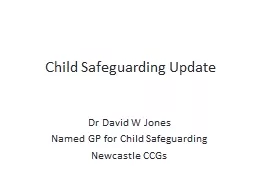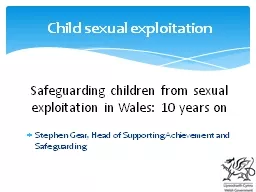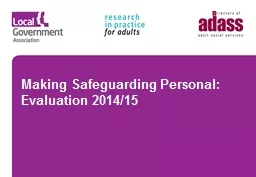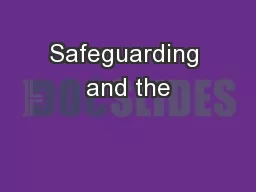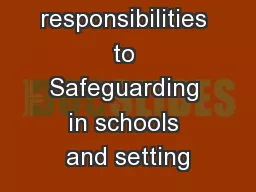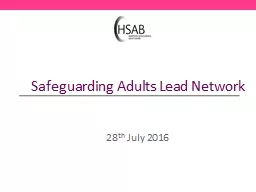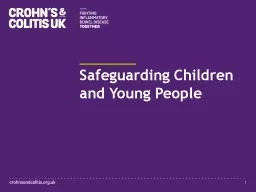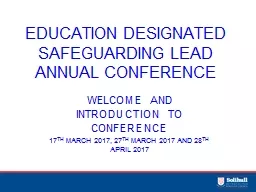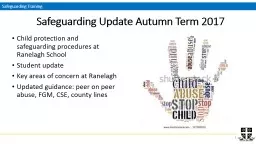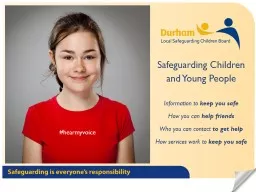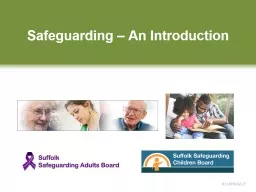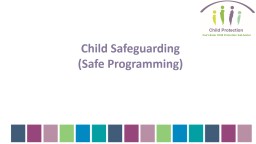PPT-Child Safeguarding Update
Author : yoshiko-marsland | Published Date : 2016-08-04
Dr David W Jones Named GP for Child Safeguarding Newcastle CCGs Note of Caution This subject may raise painful memories or associations This is not a safe time to
Presentation Embed Code
Download Presentation
Download Presentation The PPT/PDF document "Child Safeguarding Update" is the property of its rightful owner. Permission is granted to download and print the materials on this website for personal, non-commercial use only, and to display it on your personal computer provided you do not modify the materials and that you retain all copyright notices contained in the materials. By downloading content from our website, you accept the terms of this agreement.
Child Safeguarding Update: Transcript
Download Rules Of Document
"Child Safeguarding Update"The content belongs to its owner. You may download and print it for personal use, without modification, and keep all copyright notices. By downloading, you agree to these terms.
Related Documents

